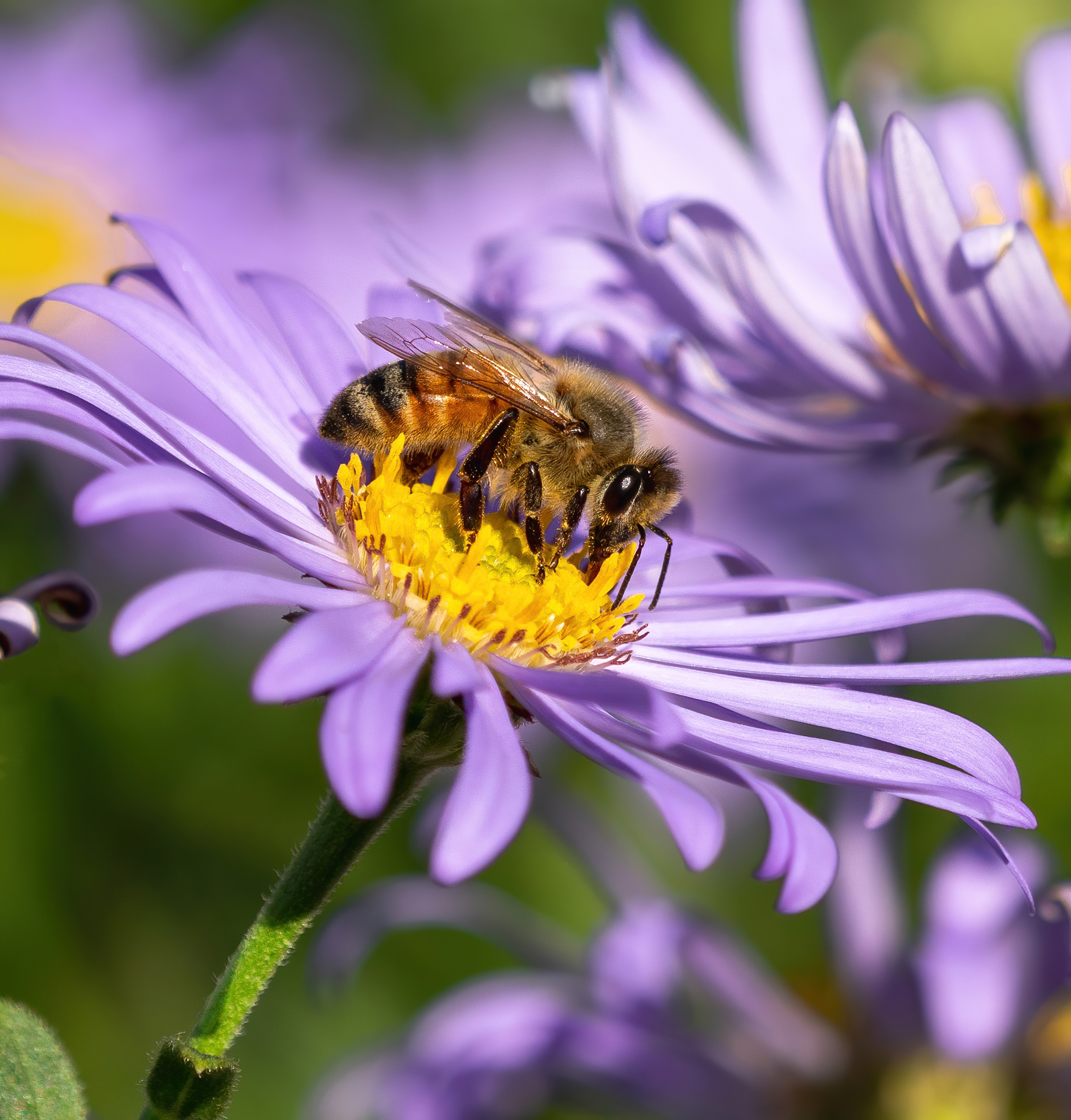By J. Tighe
I’m going to make an assumption. You probably love bees, and if you’re one of those folks out there with melophobia (fear of bees not of folks named melissa), or just don’t like them then I guess that’s valid but hold on and let me see if we can change your mind on our fuzzy little pollinator friends. And yes, to explain the title they are electric, well sort of (more on that shortly).
I remember when we went to Paris a few years ago on our last family holiday, you would walk down the street and amongst the sounds of chatter in the cafes, the drone of cars and the exclamations of tourists there was a distinct sound, quite unlike what you would expect to hear in a city. Bees. The hum and buzz of these tiny, winged insects going about their lives, wing by shoulder with the citizens of the historic town. Bees. Flitting across the glazed pastries in a patisserie. Bees. Darting into the flowers of street side florists, or the gardens on window balconies.
Why is Paris full of bees you may ask? Well, it all started in 1980 when a fellow bee lover by the name of Jean Paucton decided to put bees on top of one of Paris’s most famous buildings: The Opéra Garnier. Since then the city has had a boom in roof-top beekeeping and gardening.
We all know bees have been under threat in recent decades, in an event which I am going to term an ‘Apis-ocallipse’ in the form of Colony Collapse Disorder or CCD for short. This disorder is generally thought to be caused by a combination of our modern toxin-filled world as well as the globalisation of varroa mite (a tiny bed bug-like parasite that drains the fat and lymph fluids from a bee and leaves it open to infection), agricultural insecticides and herbicides, and monoculture crop farming.
What can you do to help out your local bee population? Well, the first thing is to not cut your lawn!
Well, at least not right now that is, you see as the weather starts to warm up here in Australia one of the first flowers that emerge on the spring scene is the humble dandelion, which apart from being fantastic for the soil and very delicious, are also a great food for the bees to start to replenish their honey stores after winter.
(fun fact bee babies eat pollen or “bee bread” and the adults eat honey over winter and in times when they can’t get it from flowers)
Oh and on that electric bees thing: they actually produce static electricity by the movement of their wings and the “fur” on their bodies stores it to attract pollen, exactly like when you rub a balloon, and your hair stands on end to stick to it. Surprisingly enough, this mechanism isn’t its only use for the bee, scientists now think that flowers have co-evolved to detect this minute charge and react to it by opening their petals more and releasing extra scent if they have nectar for the bee to collect.
Pretty Adorable ha?
Anyway, where was I? Ah yes, how to help your local bees.
One of the best things to do if you can is to plant a pollinator garden, don’t worry it’s not a massive undertaking: a pot of flowers here, a sprinkling of mint seeds there and boom you, dear reader, are a bee-helping eco-warrior!
Here’s a list of some of their favourite flowers:
Sage, Mint, Sunflowers, Calendula, Dandelions, Daisies, Cosmos, Borage, Cornflower, Lavender, Rosemary, Bottlebrush, Daffodils, Pansies, and most fruit and nut trees (our bees go absolutely nuts for our cherry blossom trees this time of year, as well as the ash trees during winter).
(yet another fun fact: bees can get drunk off fermented nectar and take naps in flowers, sometimes in pairs and hold each
other’s feet while they sleep)
We also have a little bee water station which just consists of a plant saucer with pebbles in it for them to land on and have a drink, as well as a solitary bee house which is just a small log with holes drilled into it (you can get one from most garden shops). This is very helpful to them as a lot of wild and native bees are solitary, these bees are also mostly stingless so if you’re worried about kids or pets this is a great option.
Another great option is to talk to your local bee group or apiarists about putting a hive on your place if you have land where they’re not going to upset neighbours or be in danger of being sprayed, or why not get into apiaries yourself?
I know, not everyone has these options but if Paris can play host to hundreds of rooftop hives why not all towns and cities right?
I could rave about these little gals (yes most bees are female) for a day and a half but for now, I hope you appreciate and know a bit more about how to help these wonderful creatures.
Thank you and Bee kind to yourselves and each other.

